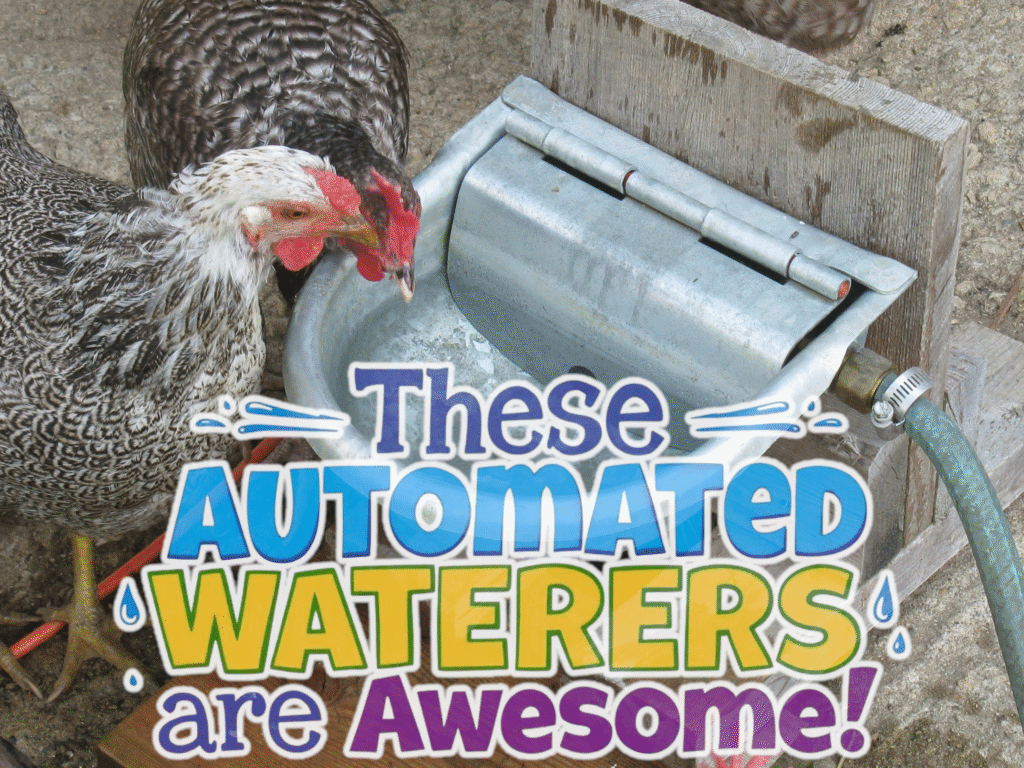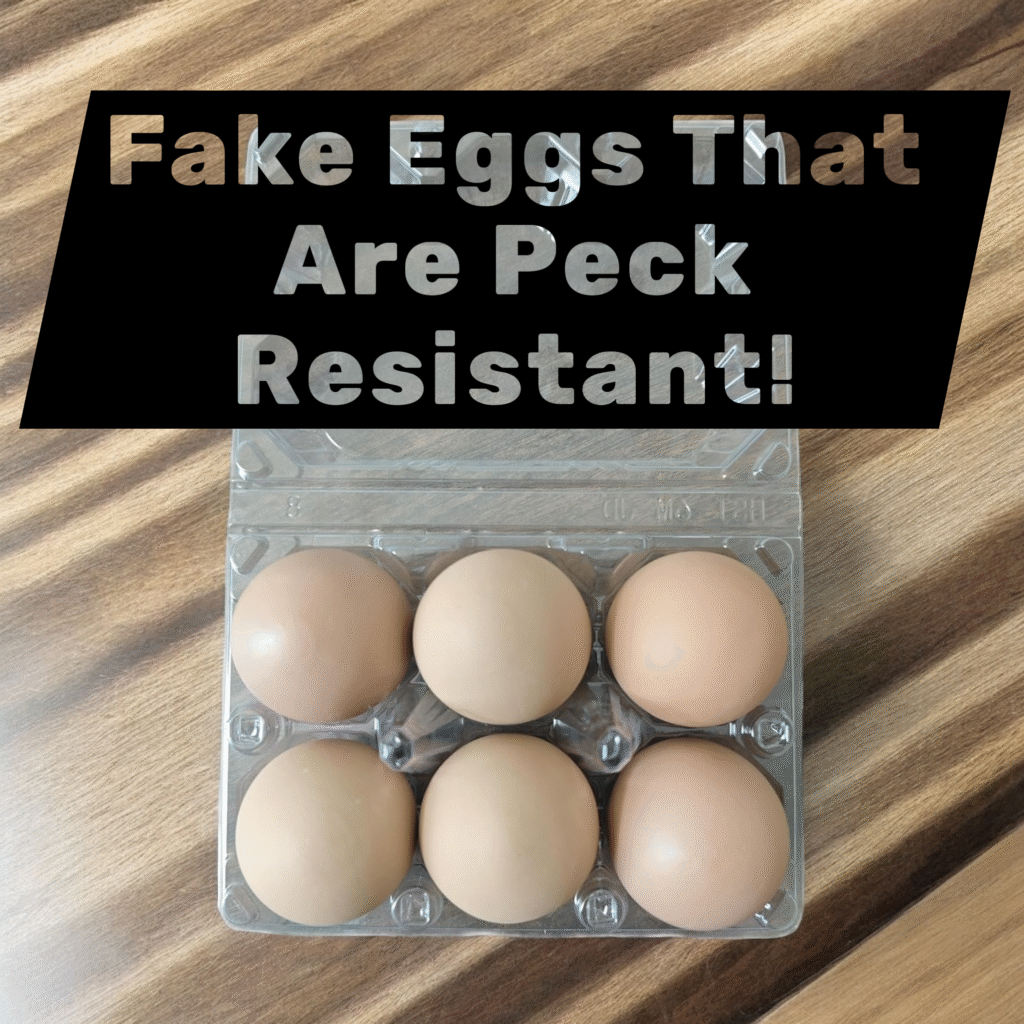
What Are Ceramic Eggs for Chickens?
If you’ve ever raised backyard chickens, you already know—those feathery ladies don’t always make egg collection easy. That’s where ceramic eggs for chickens come into play. These are solid, realistic-looking eggs made from durable ceramic and designed to help guide your hens into laying their eggs in the right place—your nesting boxes.
Unlike cheap plastic or wooden substitutes, ceramic eggs mimic the weight, shape, and feel of a real egg, which is why they work so well. Chickens are creatures of habit, and when they see eggs already in a box, they’re much more likely to lay theirs right beside them. That’s exactly why I gave these a shot—and let me just say, they delivered.
The set of 🐣 ceramic training eggs I grabbed from Amazon came with six ultra-realistic pieces. I placed one in each nesting box—and honestly, I was shocked at how quickly my hens got the message. It was like a light bulb went off in their fluffy heads.
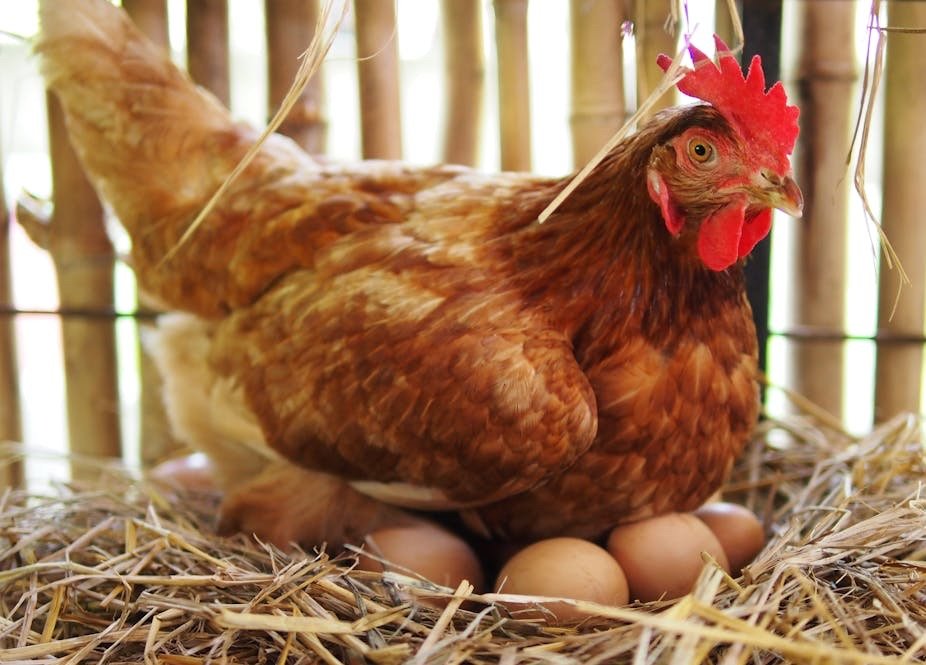
Why I Started Using Fake Eggs in My Coop
I used to spend way too much time on daily egg hunts. Behind the feed barrel, under the coop ramp, in flower beds—you name it, I found eggs there. And the worst part? Some of those hidden eggs had cracks or had been stepped on. Total waste.
That’s when I started reading about fake nesting eggs and how chickens respond to them. I figured, why not try it? I was already frustrated and didn’t want to spend another season digging through straw like I was on an Easter egg hunt. So I ordered this 6-pack of realistic ceramic eggs, marked them with a Sharpie so I wouldn’t get confused, and popped them in the boxes.
The result? Egg-laying patterns improved almost overnight.
Now, I’ve got hens who reliably return to their boxes to lay, and it even helped curb some of the messy behavior I was battling before. For instance, these worked great alongside the tricks I shared here: how to stop chickens from pooping in nesting boxes. It’s honestly one of the best little upgrades I’ve made to my coop.

Help Stop Egg Eating Before It Starts
One of the sneakiest problems in any coop? Egg eating. Once a chicken gets a taste for eggs, you’re in trouble. It can turn into a full-blown habit and spread to the whole flock. I didn’t want to wait until that happened, so I used ceramic eggs as a preventative tool.
Here’s how it works: If a hen pecks at a ceramic egg expecting it to break—and it doesn’t—she learns eggs aren’t food. Over time, this discourages the behavior entirely. That’s exactly what happened in my coop. A curious hen gave one a few pecks and then left it alone. Never had an egg eater since.
I’ve had a few folks message me asking if this trick really works, and my answer is always: yes, but only if the eggs are realistic enough. That’s why I went with these sturdy, peck-resistant ceramic eggs that feel and look like the real deal. They’ve held up in all seasons, and even my most curious hens have given up on trying to crack ’em.
If you’re already dealing with broken shells, check out what helped me: this calcium booster made a big difference.
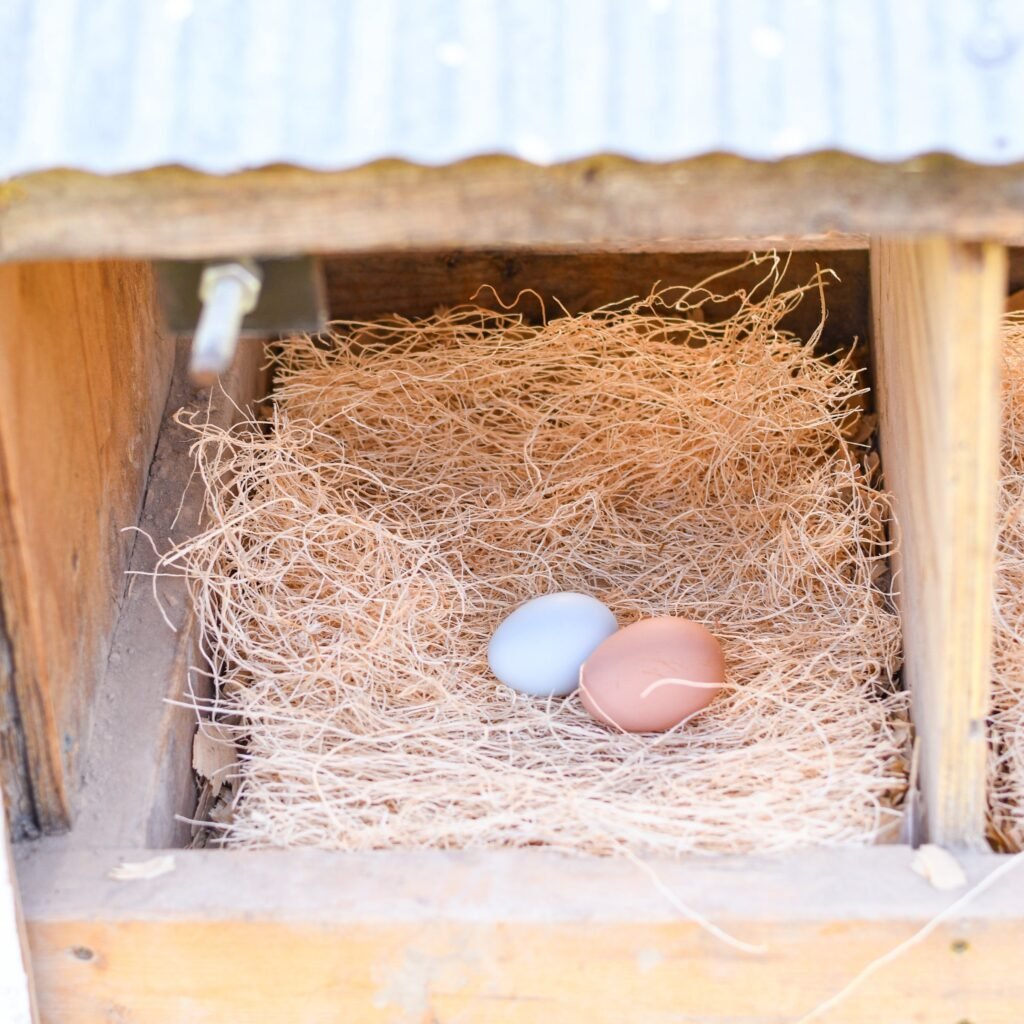
Test for Broody Behavior the Easy Way
I didn’t know this until I got deeper into raising hens, but ceramic eggs are also perfect for testing if a hen is broody. If you’re unsure whether a hen is just hanging around or ready to hatch, just slip a ceramic egg into the nesting box and watch what she does.
I’ve done this a few times now. When one of my Buff Orpingtons started sitting more than usual, I placed a ceramic egg from this set under her. Sure enough, she fluffed up, made that signature broody growl, and stayed put. Boom—confirmed broody.
Why does this matter? Because if you want to let a hen hatch chicks, you’ll need to know for sure she’s committed. On the flip side, if you’re not looking to raise chicks, it gives you the chance to gently break her of the behavior before she gets too serious about it.
This also ties into planning your nesting box setup. If you haven’t already, check out the nesting box layout that finally ended our egg hunts—it made managing broody hens way easier too.

Guide New Layers Where to Lay
When our first pullets were nearing point-of-lay, I had one major worry: What if they started laying eggs all over the coop—or worse, outside the coop? Chickens don’t automatically know where to go. That’s where ceramic eggs came to the rescue again.
By placing a couple realistic ceramic eggs in the nesting boxes, my new layers got the message. Chickens are creatures of habit and imitation, and once they see an “egg” already in a box, it signals that it’s a safe spot. This trick helped me avoid cracked eggs in corners or surprise finds in the run.
This simple tactic, paired with a clean and well-placed chick feeder and waterer kit like this one, really helped set up my younger flock for smooth success.
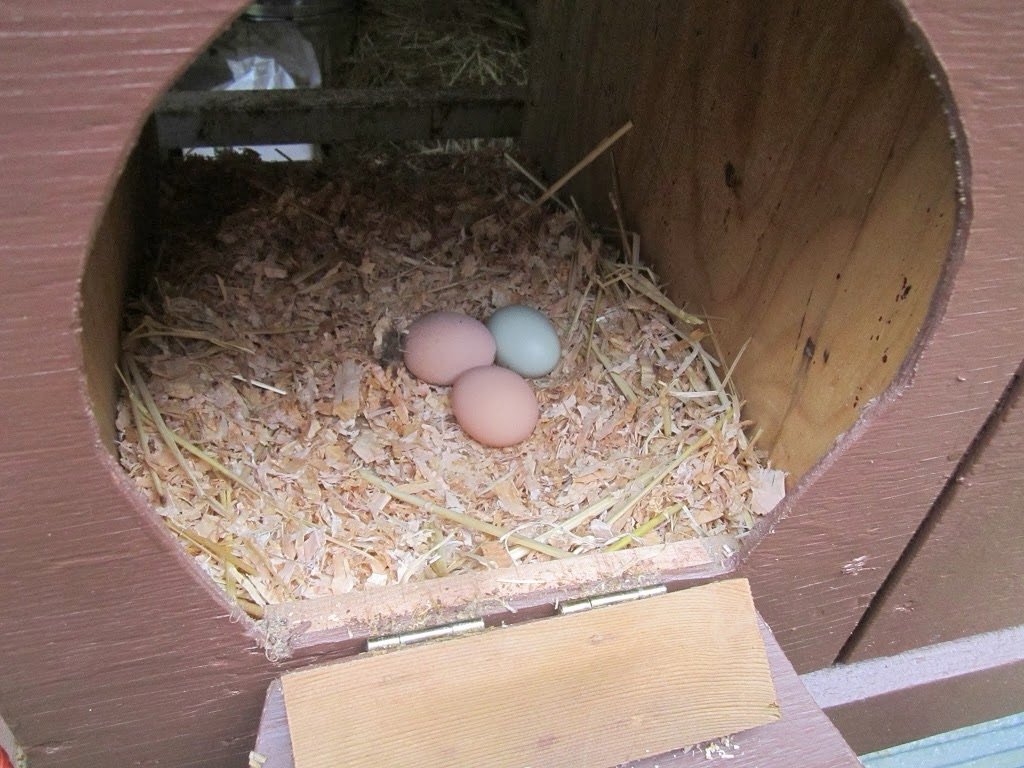
Easy to Clean, Built to Last
I’ve had other fake eggs before—plastic ones, even wooden—but none of them held up like these ceramic ones. Chickens peck at everything (because, of course they do), and I’ve had cheap eggs crack after a few weeks.
Not the case with these ceramic eggs. I’ve dropped them, had them stepped on, and pecked repeatedly, and they still look like new. When they get dirty, I just give them a quick wash with warm water and mild soap. Done.
If you’re already dealing with coop cleaning challenges, I highly recommend reading how I keep algae out of chicken water the natural way. Simple changes like these make a big difference over time.

The Best Egg-Laying Hack You’re Probably Not Using
If you’re raising hens and haven’t tried ceramic eggs yet, I’m telling you—you’re missing out on one of the easiest ways to train your flock. Whether you’re managing first-time layers, dealing with broody hens, or just trying to prevent bad habits like egg pecking, ceramic eggs are the unsung heroes of the coop.
I was skeptical at first too. But since adding a couple of these peck-resistant, realistic-looking eggs to my nesting boxes, I’ve had more consistent egg-laying, cleaner nests, and way fewer surprises outside the coop.
Want to get ahead of the game even more? If your hens aren’t laying like they used to, you’ll want to check out this deep dive on why that might be happening. Sometimes the solution is as simple as a change in their routine—and a couple of ceramic eggs to point them in the right direction.

As an Amazon Associate we earn from qualifying purchases through some links in our articles.


